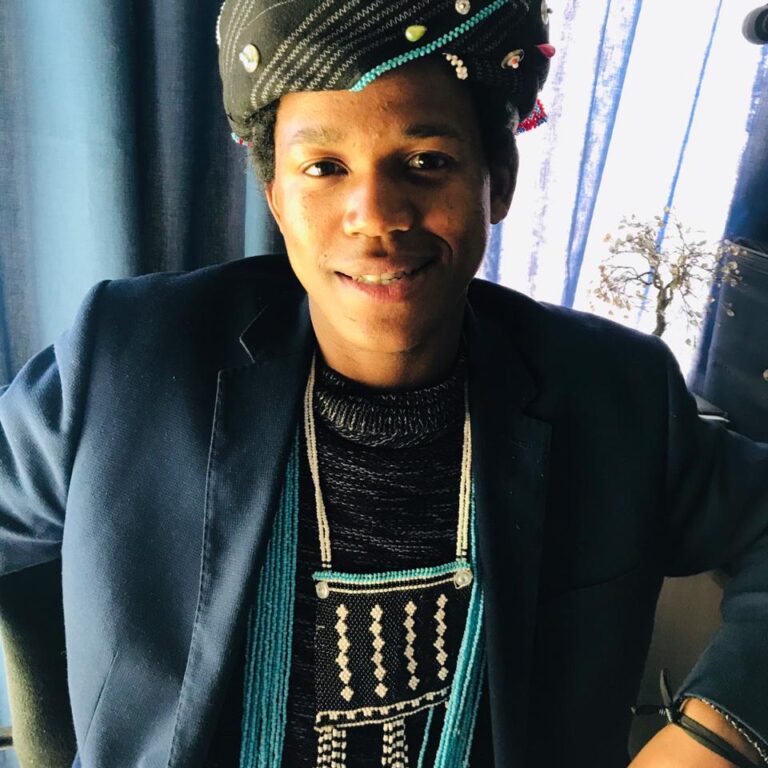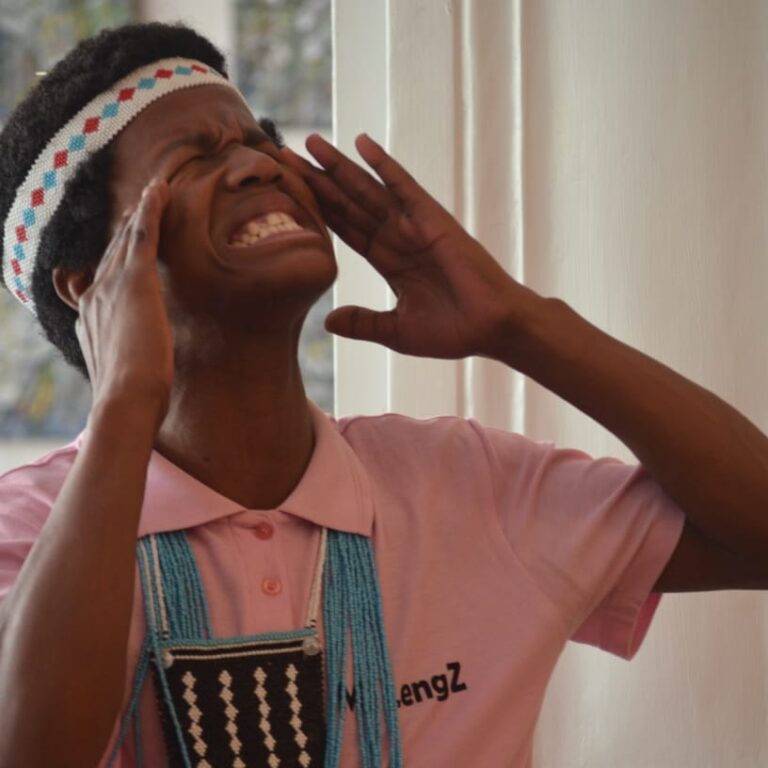The Chinese paddlefish is one of the world’s largest freshwater fish species with a length of up to 7 meters. It is endemic to China and is flagship species of the Yangtze River. It was listed as a first-class state protected animal in China in 1989 and was first declared “critically endangered” by the IUCN in 1996. IUCN experts have said there is no image evidence of the species since 2009. It was last seen alive in 2003. On July 21, IUCN announced the extinction of the Chinese paddlefish and the wild Yangtze sturgeon on Thursday in its updated Red List of threatened species.
The reassessment has also confirmed the extinction of the Chinese paddlefish (Psephurus gladius) and that the Yangtze Sturgeon (Acipenser dabryanus) has moved, from critically endangered, to extinct in the wild. Additionally, 17 species are now critically endangered, three are endangered and five are vulnerable on the IUCN Red List. Wild populations of the Siberian sturgeon, the third species in Asia mentioned in the assessment and widely used in aquaculture, were also moved to the highest threat category of critically endangered.
Causes:
Overfishing: In the past, the Yangtze River has been “closed net” due to overfishing, causing ecological damage and threatening the survival of many fish species, which gradually hurt the white sturgeon, Yangtze sturgeon and other rare species of food chain integrity.
Trades: Sturgeons have been overfished for their meat and caviar for centuries, globally.
Dams: Dams affect all sturgeon species migrating to their breeding grounds. Although they are large, they are also more dependent on the Yangtze River and have no other alternative habitat. External sand mining, hydropower stations, dams and other obstacles to swimming, migration, but also hinder species reproduction and communication.
Climate Change : Rivers warming due to climate change further disrupts sturgeon reproduction.









